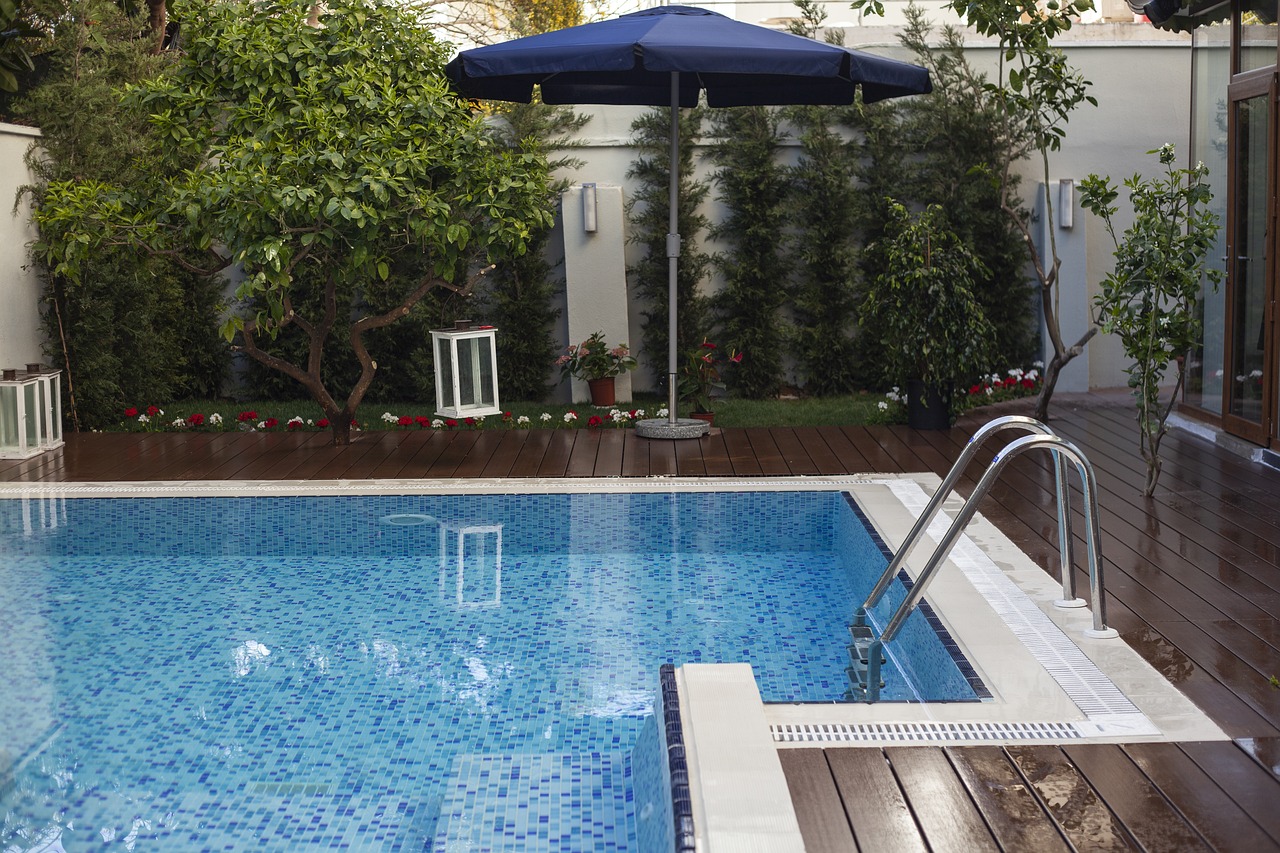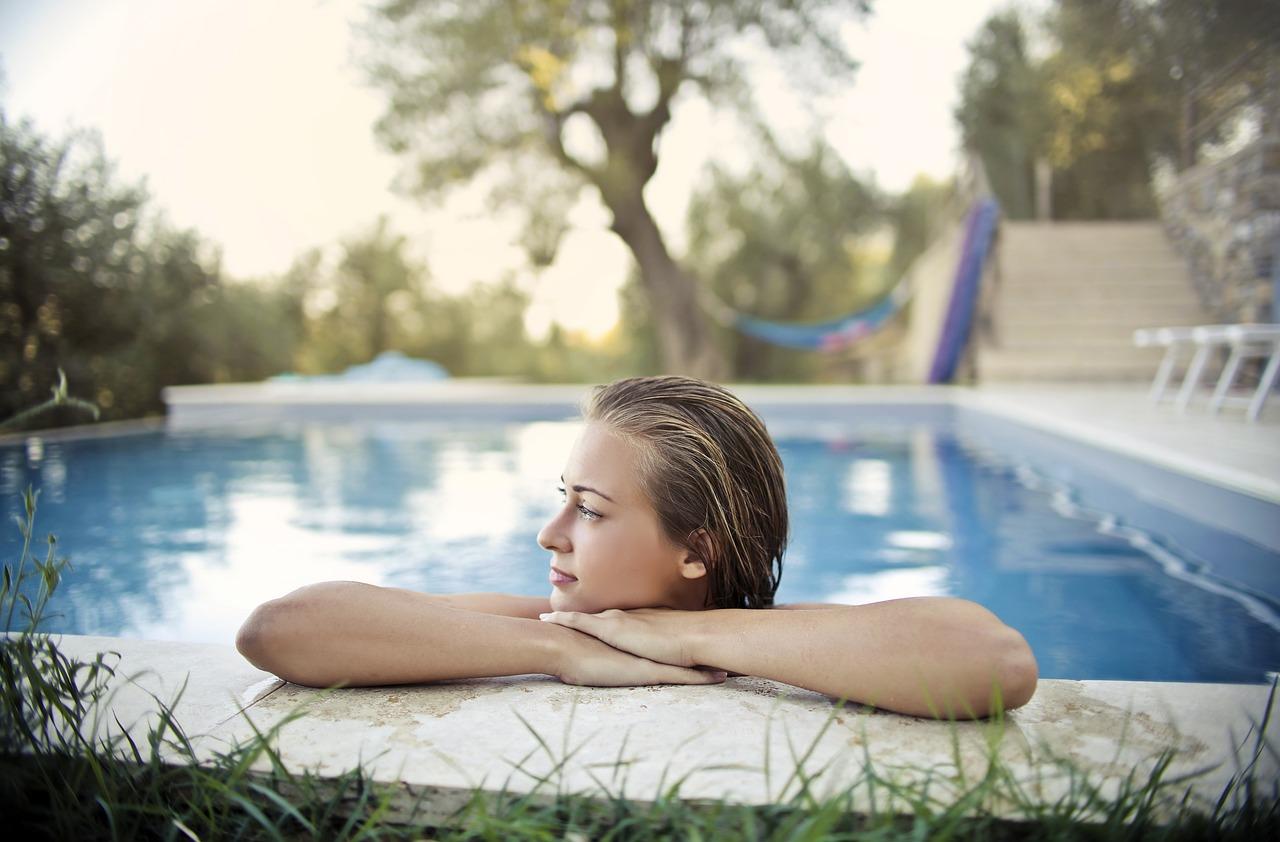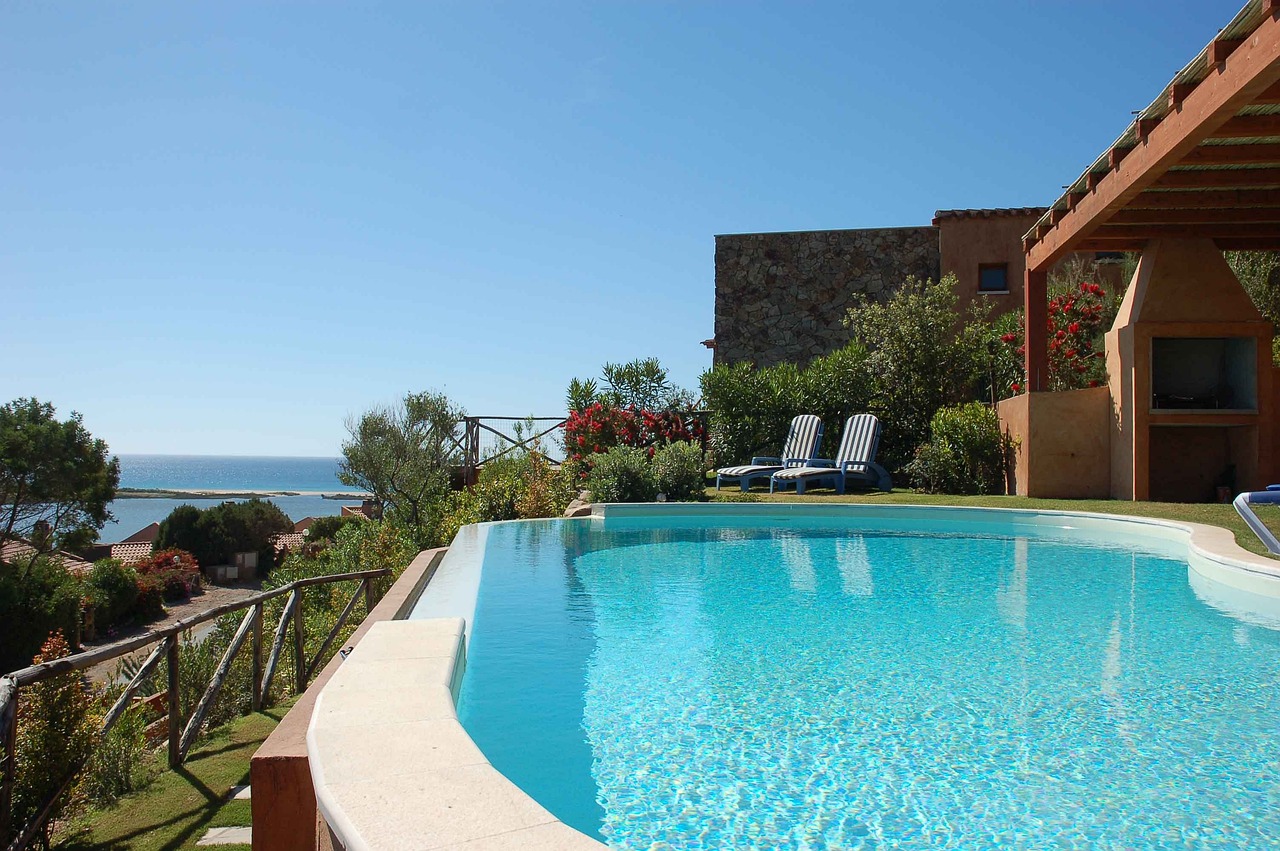Pool ownership brings joy and relaxation, but it also comes with significant responsibilities. Ensuring the safety of family members and guests around the pool is paramount. This comprehensive guide covers essential aspects of pool safety, from establishing rules to emergency preparedness, providing families with the knowledge and tools to create a secure aquatic environment.
Establishing Pool Rules
Clear, enforceable pool rules are the foundation of a safe swimming environment. These rules should be prominently displayed and consistently enforced to protect all pool users.
Essential Pool Rules
- No running or horseplay around the pool area
- No diving in shallow water (less than 9 feet deep)
- Always swim with a buddy, never alone
- Children must be supervised by an adult at all times
- No glass containers in or around the pool
- No electrical devices near the water
- No swimming during thunderstorms or severe weather
- Shower before entering the pool
- No pushing or dunking others
- Learn how to swim and encourage others to do so
Setting Boundaries
Creating designated areas for different activities helps maintain order and safety around the pool.
| Area | Description | Supervision Level |
|---|---|---|
| Shallow End | Water depth less than 3 feet | Constant supervision for young children |
| Play Zone | Area for pool toys and games | Active supervision |
| Deep End | Water depth over 5 feet | Constant supervision, swimmers only |
| Deck Area | Non-slip surface around pool | Periodic monitoring |
| Entry/Exit Points | Ladders, steps, ramps | Ensure clear access at all times |
Installing Safety Barriers
Physical barriers are crucial in preventing unsupervised access to the pool, especially for young children and pets.
Fencing and Gates
Ideal pool fencing should have the following features:
- Minimum height of 4 feet (preferably 5 feet)
- No gaps wider than 4 inches between vertical slats
- Non-climbable (no footholds or handholds)
- Self-closing and self-latching gates that open outward
- Latches placed out of reach of children (54 inches or higher)
- Made of durable, weather-resistant materials
Pool and Gate Alarms
| Alarm Type | Function | Best For |
|---|---|---|
| Gate Alarm | Sounds when gate is opened | Preventing unauthorized entry |
| Pool Alarm | Detects water disturbance | Alerting to potential drowning |
| Door Alarm | Alerts when house doors to pool area open | Homes with direct pool access |
| Wearable Alarm | Worn by child, alerts if submerged | Additional layer of protection |
Pool Covers and Safety Nets
Tips for selecting and maintaining pool covers:
- Choose a cover that meets ASTM International safety standards
- Ensure the cover can support the weight of multiple people
- Regularly inspect for tears, wear, or damage
- Keep the cover free from standing water and debris
- Use a cover pump to remove accumulated water
- Consider a powered safety cover for ease of use
Supervision and Lifeguarding

Active supervision is the most critical factor in preventing pool accidents.
Designated Water Watchers
Traits of a responsible water watcher:
- Maintains constant visual contact with swimmers
- Stays alert and avoids distractions (e.g., phone use, reading)
- Knows CPR and basic first aid
- Is comfortable in and around water
- Understands and enforces pool rules
- Rotates with other adults to maintain focus
Lifeguard Training and Certification
Steps to get certified in CPR and basic first aid:
- Research local certification providers (e.g., Red Cross, YMCA)
- Enroll in a CPR and First Aid course (usually 2-5 hours)
- Complete the required training, including practical skills assessment
- Pass the written exam
- Receive certification (valid for 2 years typically)
- Maintain skills through regular practice and recertification
Essential Safety Equipment
Every pool area should be equipped with crucial safety gear to handle emergencies.
Life Rings and Hooks
| Equipment | Purpose | Placement |
|---|---|---|
| Life Ring | Thrown to distressed swimmers | Multiple locations around pool |
| Reaching Pole | Extend to swimmers in trouble | Easily accessible on pool deck |
| Shepherd’s Hook | Pull distressed swimmers to safety | Near deep end of pool |
First Aid Kit
Essential contents of a poolside first aid kit:
- Waterproof container
- Adhesive bandages (various sizes)
- Sterile gauze pads
- Adhesive tape
- Scissors
- Tweezers
- Disposable gloves
- Instant cold packs
- Antiseptic wipes
- First aid manual
- Emergency contact list
Flotation Devices
Comparison of flotation devices:
| Type | Best For | Features |
|---|---|---|
| Type I PFD | Offshore use, rough water | Highest buoyancy, turns unconscious wearers face-up |
| Type II PFD | Calm inland water | Less bulky, may not turn unconscious wearers face-up |
| Type III PFD | Supervised use, water sports | Comfortable for continuous wear, requires active self-rescue |
| Puddle Jumper | Young children | Coast Guard approved, comfortable design |
| Swim Vests | Pool use, learning to swim | Not Coast Guard approved, use with supervision only |
Teaching Swimming and Water Safety Skills
Equipping children with swimming and water safety skills is essential for long-term pool safety.
Age-Appropriate Swimming Lessons
| Age Group | Focus | Typical Skills Taught |
|---|---|---|
| 6 months – 3 years | Water acclimation | Floating, breath control, basic arm and leg movements |
| 3 – 5 years | Basic strokes | Freestyle, backstroke, water safety rules |
| 6 – 12 years | Stroke refinement | All competitive strokes, diving, endurance |
| Teens and adults | Technique and safety | Advanced strokes, lifesaving skills, fitness swimming |
Water Safety Education
Key skills every child should learn:
- Floating on back and front
- Treading water
- Swimming to the side of the pool
- Climbing out of the pool safely
- Proper breath control
- Recognizing and responding to distressed swimmers
- Basic reaching and throwing assists
- Understanding and following pool rules
Regular Pool Maintenance

Proper maintenance ensures a safe and hygienic swimming environment.
Water Quality and Chemical Balance
Steps for maintaining pool water quality:
- Test water chemistry at least twice a week
- Maintain chlorine levels between 1-3 ppm
- Keep pH between 7.2 and 7.6
- Shock the pool weekly or after heavy use
- Run the filter system daily
- Brush pool walls and floor weekly
- Vacuum the pool as needed
Equipment Inspection
Pool maintenance checklist:
- Check and clean skimmer baskets weekly
- Inspect and clean pump strainer basket monthly
- Monitor filter pressure and backwash when necessary
- Examine pool liner for tears or damage
- Test GFCI outlets around the pool area monthly
- Verify proper function of pool lights
- Inspect diving boards and slides for stability and wear
Adequate Lighting
| Lighting Type | Benefits | Considerations |
|---|---|---|
| LED Pool Lights | Energy-efficient, long-lasting | Higher initial cost |
| Fiber Optic Lighting | Safe, cool to touch | Complex installation |
| Floating Solar Lights | Easy to install, eco-friendly | Limited brightness |
| Underwater Spotlights | Bright, enhances pool features | Requires professional installation |
Emergency Preparedness
Being prepared for emergencies can make a critical difference in pool safety.
Developing an Emergency Plan
Components of an effective emergency response plan:
- Designate a responsible person to lead in emergencies
- Establish a clear communication system (e.g., whistle blasts)
- Identify the closest phone for calling 911
- Post emergency numbers prominently
- Assign specific roles to family members (e.g., CPR, calling for help)
- Practice emergency scenarios regularly
- Keep rescue equipment easily accessible
- Know how to shut off pool pumps in an emergency
- Establish a meeting point for evacuations
Emergency Contact Information
Sample emergency contact list template:
- Emergency Services: 911
- Local Police (non-emergency): [Number]
- Nearest Hospital: [Name and Number]
- Family Doctor: [Name and Number]
- Poison Control: 1-800-222-1222
- Pool Service Company: [Name and Number]
- Trusted Neighbors: [Names and Numbers]
- Family Emergency Contact: [Name and Number]
Educating Family and Guests
Ongoing education and reinforcement of pool safety rules are crucial for maintaining a safe environment.
Pool Orientation for New Guests
Checklist for guest safety orientation:
- Review pool rules
- Point out depth markers and no-diving areas
- Show location of safety equipment
- Explain supervision requirements for children
- Demonstrate proper use of pool features (e.g., slides)
- Discuss emergency procedures
- Provide tour of pool area, including exits
- Explain any unique features or potential hazards
Leading by Example
Best practices for adults around the pool:
- Always follow pool rules, even when children aren’t present
- Demonstrate proper swimming techniques
- Use appropriate safety equipment
- Avoid alcohol consumption when supervising children
- Practice safe diving techniques in designated areas
- Show respect for other swimmers and their space
- Demonstrate proper hygiene practices (e.g., showering before swimming)
- Actively participate in water safety discussions and training
Conclusion
Creating a safe pool environment requires a combination of clear rules, vigilant supervision, proper equipment, regular maintenance, and ongoing education. By implementing the strategies outlined in this guide, families can significantly reduce the risks associated with pool ownership and create a secure, enjoyable aquatic experience for all. Remember to regularly review and update your safety measures, stay informed about new safety technologies and practices, and always prioritize supervision and education. With the right approach, your family pool can be a source of joy, relaxation, and cherished memories for years to come.

